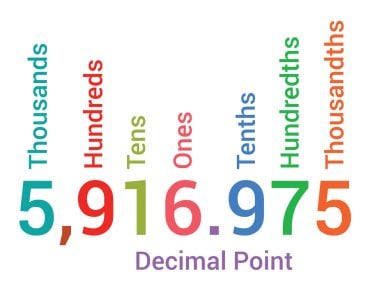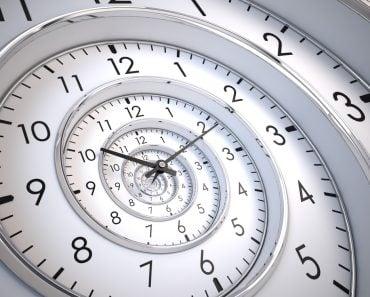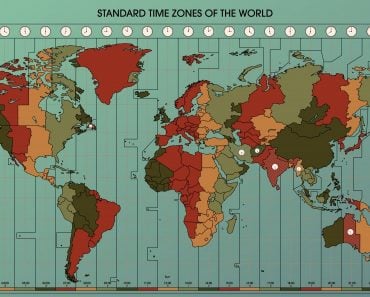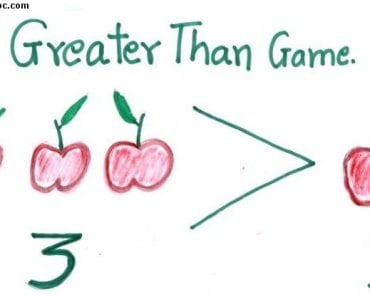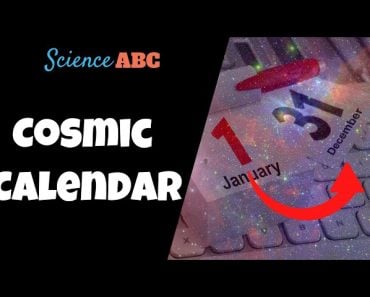Table of Contents (click to expand)
The reason that there are 24 hours in a day and 60 minutes in an hour is because of the way that the Egyptians and Babylonians divided up the day. They used a base 12 and base 60 system, respectively, in order to make it easier to count on their fingers.
In recent years, what is one of the most common answers we give in response to any question we’re asked, a request made of us, or a suggestion of how we spend our time?
Obviously, it is no wonder that we never have time to think about the TIME we have? Not even the TIME we have, but the way we organize it! Confused? Let me clarify.
Have you ever wondered why the wristwatch strapped to your arm (assuming you still use one) or any other damn clock shows 12 numbers signifying 12 hours? Why isn’t it some different random number, like 28 or 16? What is the significance of twelve in our perception of time? I mean, if you give it any thought, you can’t deny that our time-measuring system is pretty heterogeneous. Let me explain:
- 24 hours are divided into two parts—a day lasting 12 hours and a night lasting 12 hours.
- 1 hour contains 60 minutes, which also has 60 seconds each.
- Each second is then divided into 1000 milliseconds.
Now, this seems like a rather strange way to divide a day. No wonder kids have trouble learning how to tell time! But, as with every other thing in the world, there is also an explanation for this.
Recommended Video for you:
The Impact Of Civilization On Timekeeping
In today’s world, we widely use the decimal number system (base 10), which is believed to have originated because it made it easy for us to count things with our fingers.
Back then, when humans were still exploring the wonders of nature and finding answers to their countless questions, many other numerical systems were commonly used. The Egyptians and Babylonians, who first divided the day into smaller parts, used duodecimal (base 12) and sexagesimal (base 60) numeral systems.
That obviously begs the question—why base 12 and base 60? The reason is simple, yet it may surprise many.
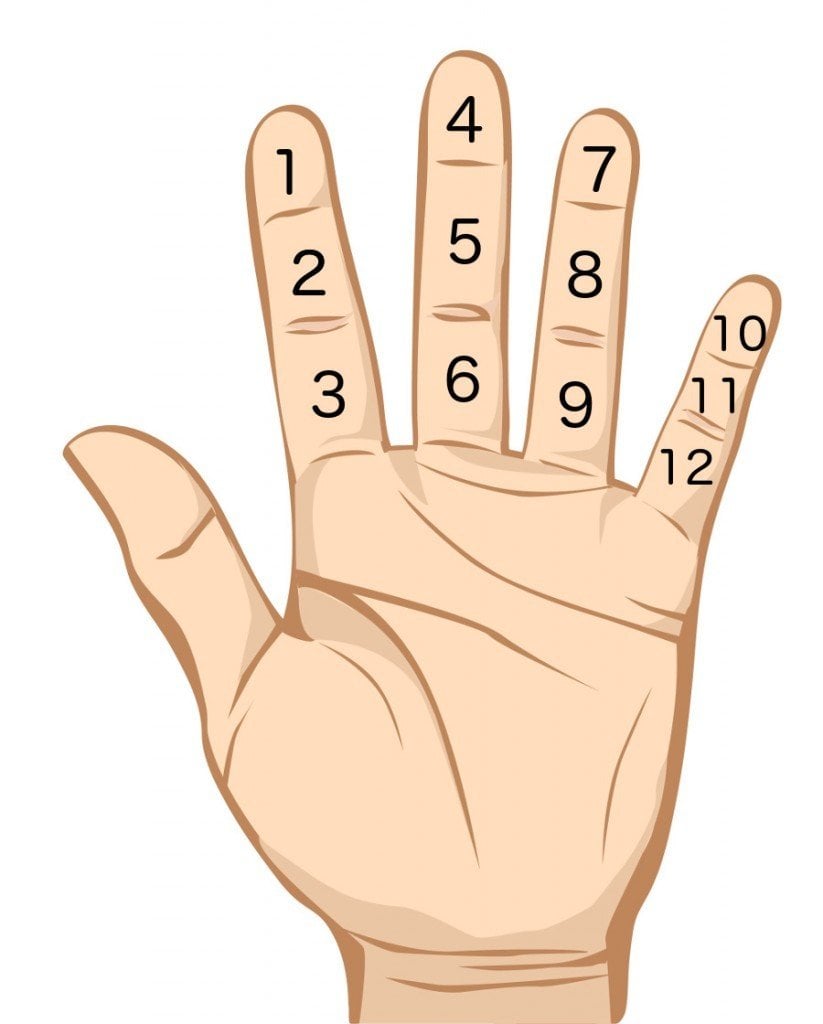
Yes, believe it or not, the structure of our fingers is precisely the reason! The number of finger joints on each hand (excluding the thumb) makes it possible to count to 12 by using the thumb. Surprised at what a simple explanation that is? Well, things are going to get slightly more complicated…
Why 24 Hours?
Let’s try to understand this step-by-step. The 24-hour day concept comes from the ancient Egyptians. They divided the day into 10 hours with devices like shadow clocks and then added one hour at each end (one for twilight and one at the end of the day). Later, a T-shaped bar was made by Egyptians, which was calibrated to divide the time between sunrise and sunset into 12 parts. This T-shaped instrument would display time by casting a shadow on one of these 12 parts based on the Sun’s position in the sky.
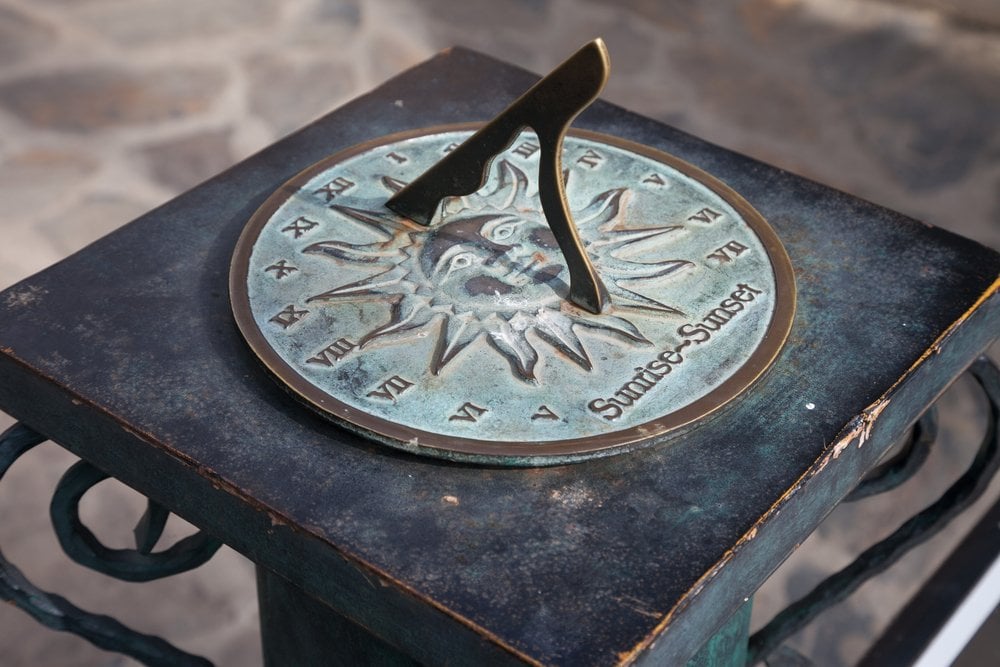
However, this system worked well during the day when Sun was present. The absence of sunlight made it very difficult to ascertain the time at night. It’s pretty interesting to learn how they coped with this challenge.
Decans – Timekeeping Using Stars
The ancient Egyptians used stars to calculate the time at night. They did this by paying close attention to a group of 36 special stars called “decans.” These stars rose in the sky in a pattern and were used to keep track of the hours. However, only about 12 of these stars out of 36 were visible at a given time, and which stars appeared changed with the seasons and the calendar year.
Now, the Egyptians made special charts called star calendars to keep track of the time using stars correctly. These charts had 36 columns for each decan and 12 rows for each hour that could be counted during the night.
Eventually, this timekeeping process was standardized with days and nights, each having 12 hours. However, this system only worked well during equinoxes, when the Sun was directly above the equator, dividing days and nights into equal lengths. At other times, the length of an hour would vary. For example, hours during the day in summer would be longer, while shorter in winter.

However, at that time, the hours did not have a fixed length. The Greek astronomers who were then trying to find answers to the queries of the universe, existence, and stars and galaxies (in short… astronomers) found it difficult to manage calculations with the prevailing method. Then, Greek mathematician Hipparchus gave us the “Equinoctial hours” by proposing the division of a day into 24 equal hours. Even then, for a long time, ordinary people kept using the seasonally varying hours. It wasn’t until the 14th century in Europe, when mechanical clocks came into use that commoners began using the system that we practice today.
Why 60 Minutes And 60 Seconds?
The Greek astronomers who helped us make life simpler by equally dividing 24 hours followed the Babylonian’s sexagesimal (base 60) system for astronomical calculations. So, for convenience, they further divided an hour into 60 minutes and each minute into 60 seconds. It is unknown why the Babylonians used a base 60 system, but it may be because 60 is a special number for fraction calculations. It is the smallest number divisible by the first six counting numbers and by 10,12,15, 20 and 30. In fact, we have borrowed this idea from Babylonians not just for calculating time but also for calculating degrees in geometry. This is also why a circle has 360 degrees instead of a number that may seem more intuitive, such as 10 or 100.
Back To Decimals
Measuring time in hours, minutes, and seconds has sufficed for most purposes for a very long time. However, advancements in communication technology have required even more precise time measurements. Since we were already familiar with the decimal number system for many calculations, it made sense to divide a second into 1000 parts, known as milliseconds, for more precision. In addition, with further advancements in telecommunications, finance, and engineering, the need for even more precise time measurements has arisen. As a result, we now use even finer units of time, like microseconds and nanoseconds, in time-sensitive applications like GPS, high-frequency trading, and synchronizing computer networks.
Now, isn’t that interesting? The elegant ideas of our ancestors still rule our day-to-day lives thousands of years later. Now go out there, flaunt your newly increased knowledge of time, and make the best use of it!
References (click to expand)
- Why is a day divided into 24 hours? (Intermediate) - Curious About Astronomy? Ask an Astronomer - curious.astro.cornell.edu
- (1900) Hipparchus and the Precession of the Equinoxes - JSTOR. JSTOR
- T Ainsworth. A Timeline of the Decans: From Egyptian Astronomical .... Queen's University at Kingston
- Richards E. G. (1998). Mapping Time: The Calendar and Its History. Oxford University Press

